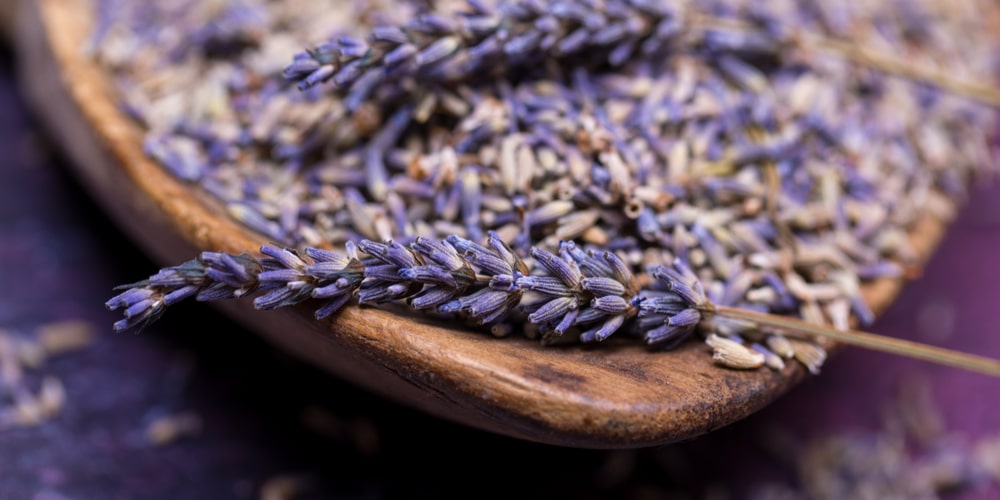Lavender plants are great to have in your home. The plant is relatively carefree and smells absolutely amazing when the blooms arrive.
Interested gardeners in the Sunshine State might ask, ‘can lavender grow in Florida?’ The answer is yes, you should be able to grow certain species of Florida in nearly any city. It’s best suited in USDA Zone 8, but you can choose heat-tolerant lavender to grow them well in other regions.
Can I Grow Lavender in Florida?

Before you can plant lavender in the state of Florida, you should have an idea of what the plant likes in terms of climate, sun, and watering requirements.
You can grow lavender in Florida if you manage to meet its conditions. However, you should note that Florida, which is best known for its sunny days and humid climate, might have too high a temperature for these plants. Thankfully, there are certain things you can do to ensure that your lavender thrives in your yard or garden.
Lavender grows best in Florida in USDA zone 8, which is the state’s coolest zone. Here, growers should be able to pick any lavender species they want without any major issues. Outside of the recommended zone, gardeners should choose heat-tolerant varieties to be successful.
English lavender may be the most popular type, but you’re better off with ‘Phenomenal’, which is a French hybrid that can withstand Florida’s hot summer season. Alternatively, you can try Sweet Lavender, French Lavender, Fern Leaf Lavender, Goodwin Creek Grey Lavender, Mona Lavender, and Lavandula Allardii.
Does Lavender Like Full Sun?
Lavender plants, in general, like dry and rocky conditions which is a far cry to Florida’s hot and humid climate. They love a sunny location and being exposed to bright and full sunlight; however, they can only tolerate a certain temperature level before they start to wither and die.
In FL, it’s recommended that you place lavender where it can get morning sun in USDA zone 8, while in other zones it might be better to put them in a partial shade, or areas where they get around 75% of bright indirect light. This applies to the heat-tolerant varieties, particularly ‘Phenomenal’, but for the English variety, you’ll have to put them in the shade.
Caring for lavender plants isn’t too difficult. They’re not that particular when it comes to soil requirements, and the rockier it is the better. Remember, they are used to growing in the wild where they get only occasional watering from rains and downpours.
It might be a good idea to put lavender in raised beds or containers with well-draining soil and a hole where excess water goes out. Lavender thrives in temperature that ranges from 18 to 24 degrees C and infrequent watering. You should only water when the soil is dry all the way through, and this can be anywhere between 7 to 10 days depending on the season.
You can try starting lavender plants during winter until spring when the temperatures aren’t that hot. English or traditional lavender won’t live for long even with the best care, so you’re better off with other types. Incidentally, ‘Phenomenal’ is the best-suited lavender to grow in Florida.
The Best Lavender Species to Grow in Florida
We’ve mentioned ‘Phenomenal’ before in our recommended lavender plants to grow in Florida. It’s a type of lavender that can grow anywhere in USDA zones 5 to 10, is deer-proof, and tolerates Florida’s heat and humidity exceptionally well.
‘Phenomenal’ is fairly resistant to diseases that normally plague lavender. It grows up to 4 feet tall and about 3 feet wide in a sprawling pattern, and sports silvery-green foliage. Its characteristic purple flowers are very fragrant and can be used to make potpourri, cuttings, and even as a cocktail or baking garnish.
You can grow ‘Phenomenal’ in full sun and in quick-drying soil that has good drainage. Remember to hold off on the watering until you’re sure the container or bed is dry all the way through. Pruning is encouraged so it can grow uniformly and bushy. As far as fertilization is concerned, lavender doesn’t need that much- a quick yearly application should be more than enough. Other than those things lavender does not require any extra care.
